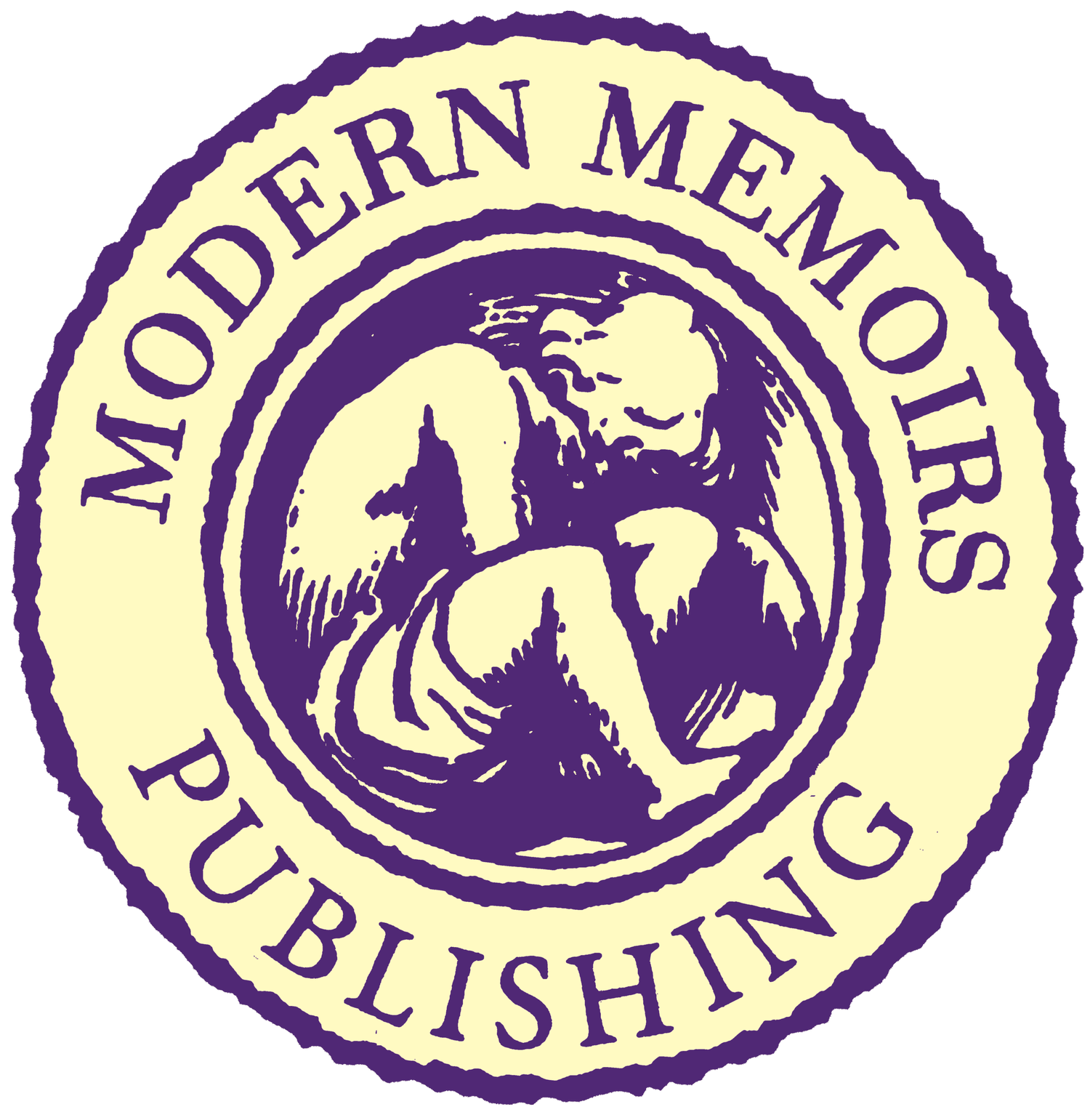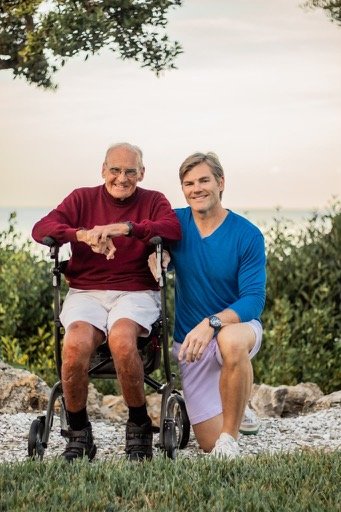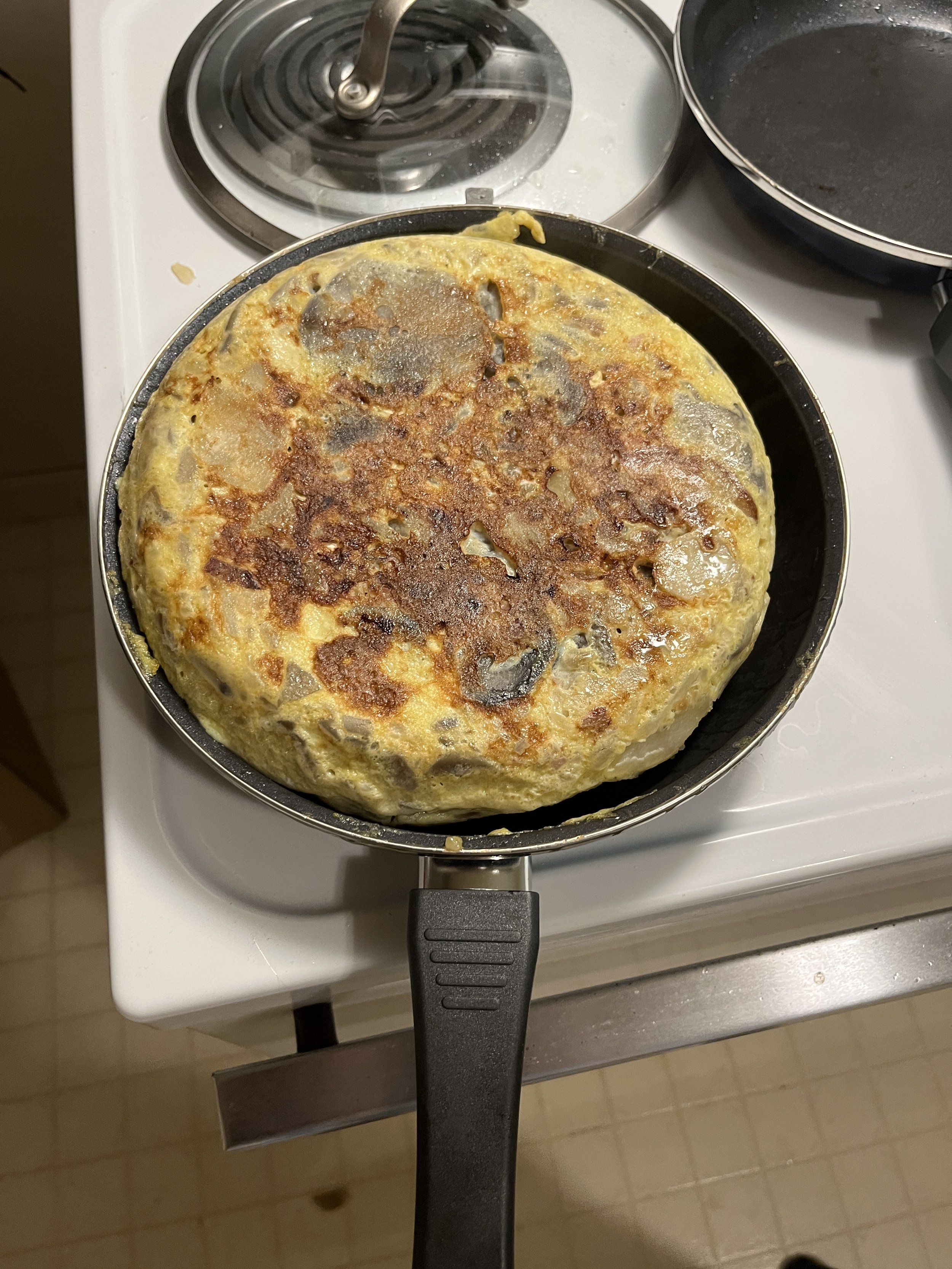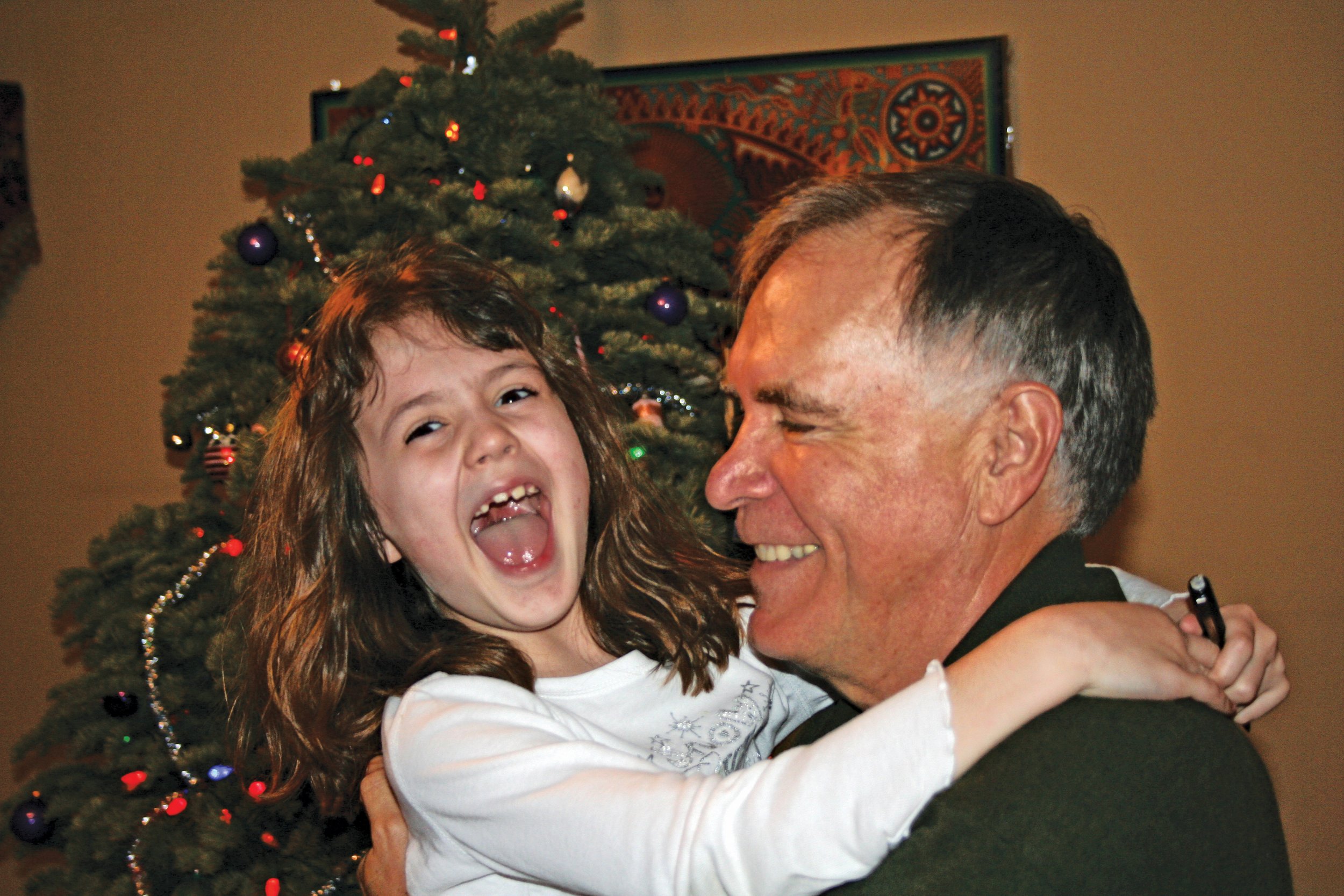Left: My Autobiography (2022) and right: Me and Shakespeare: Personal Interpretations of Twelve Plays (2023), by Modern Memoirs client Robert André Gryboski, MD
Robert André Gryboski, MD published two books with Modern Memoirs. The first, entitled My Autobiography, came out in 2022. The second, entitled Me and Shakespeare: Personal Interpretations of Twelve Plays, came out in 2023. Robert’s Assisted Memoir took four months from the day he first contacted us to the day books arrived on his doorstep. His collection of essays took just three months. Sadly, Robert passed away in May 2023, shortly after approving the final draft of his essay collection and two months before it was printed. We asked Robert’s son David Gryboski to reflect on what the publication process was like for his father, and what it meant to Robert to share his books with others.
1. In his autobiography, your father says his mother taught him “the joy of learning, of acquiring knowledge, and of intellectual pursuits.” His resulting well-roundedness is evidenced in the fact that he majored in English at Yale before entering the university’s medical school. How did he share a love of learning with you and your siblings?
David Gryboski: One of our father’s favorite sayings was “the ways in which people differ are far more important than the ways in which they are alike.” We learned that this was one of the principles upon which Theodate Pope Riddle founded and built Avon Old Farms School, the all-boys boarding and preparatory school our father attended and credited for shaping the rest of his life. Staying true to this principle, our father always encouraged us to explore different things. From an educational standpoint, he encouraged us to explore different topics, helped us cultivate a sense of curiosity and an open mind in all subject matters, and he made great personal sacrifices to provide us with the best education possible. He really recognized and nurtured each of our unique interests and talents. The result? All four of us do four very different things professionally, and we couldn’t be happier with the love and support our father provided each of us.
2. According to your father, it was “preordained” that he would write his autobiography eight decades ago, when he attended a friend’s birthday party and received a fortune card that said he would do so. What inspired him to fulfill that destiny when he did?
David Gryboski: Ha! I actually found that “fortune card” while going through his personal belongings after he passed. I feel as though many factors inspired my father to fulfill that destiny when he did. He had ALS, which I think helped prompt him to reflect on his life, his countless achievements, and also his regrets. He wanted to share these reflections with others, and what better way than writing them down? This process accomplished two things: 1) it allowed him to fulfill a long-held belief or premonition, which gave him a tremendous sense of personal fulfillment that was incredibly rewarding given that he could not do much physically; and 2) it provided him with a sense of purpose and closure.
3. Your father said he began spending most of his time reading in his later years, when ALS prevented him from engaging in physical activity. It was then that he returned to a study of Shakespeare’s plays that was launched during his undergraduate years. In the Afterword to his essay collection, you and your siblings write, “His interpretations were not merely academic amusement, but rather windows into his soul…” What of your father’s soul do you see in these essays? What moves them from academic amusement to achieve spiritual significance?
David Gryboski: My father’s interpretations are a reflection of his values and his inner emotions. My father wasn’t just dissecting the plays for intellectual satisfaction; each interpretation became a canvas, so-to-speak, on which he was able to project his own journey, struggles, aspirations, and so on. His interpretations offer a unique perspective—as unique as he was—and bridged the gap between literature and life.
4. What has it meant to your extended family that your father worked hard to complete both of these projects at the end of his life? What advice do you have for others who may be contemplating similar undertakings?
David Gryboski: Remember I said that my father credits Avon Old Farms for shaping the rest of his life? Well, the school motto was, and still is, “Aspirando et Perseverando,” Latin for “to aspire and to persevere.” My father would always say that the most important word in the simple three-word phrase is the conjunction “et” because one who aspires without persevering is a dreamer, and one who perseveres without aspiring is a fool. So you must do both—you must aspire and persevere. Completing these two projects at the end of his life, at a time when things couldn’t possibly get any harder for him, was a clear demonstration of his perseverance—his resilience, his determination, and his unwavering commitment to fulfill something he always aspired (or was “preordained”) to do. It was also a clear demonstration of his genuine love for sharing his experiences, his insights, and his knowledge with others. To us, these books will forever serve as lasting legacies that will allow us and our extended family to connect with him on a deeper level, even in his absence. And, lastly, they will inspire us to be the best version of our unique self that we can possibly be…just as he would have wanted.
For those considering embarking on similar undertakings, my advice is to remember the conjunction “et.” If you are considering it, you have already aspired to do it, and now you must persevere. And don’t wait! We all know life happens, life gets in the way, and, regretfully, life comes to an end. There is no doubt in my mind that your project, whatever it might be, will leave your family, your extended family, and future generations with a meaningful and lasting legacy.
5. Given your father’s health, we fast-tracked both of his writing projects. What can you share about your experience in helping your father with the publication process?
David Gryboski: Helping my father with the publication process of “My Autobiography” and “Me and Shakespeare” was an emotional and transformative journey. It truly was. It reinforced the power of collaboration (between Modern Memoirs and us), the resilience of the human spirit, and the enduring impact of storytelling and sharing and connecting with others. My father’s legacy lives on through these books, and I am honored to have played a role. Our partnership with Modern Memoirs was instrumental in bringing my father’s vision to life. The staff’s willingness to fast-track the publication process demonstrated a profound understanding of the significance of these works to my father and to our family. The team at Modern Memoirs, with their expertise and sensitivity, helped shape the final versions of both books in ways that exceeded even my father’s expectations (which was hard to do!).
Robert André Gryboski, MD, and his son David Gryboski



















